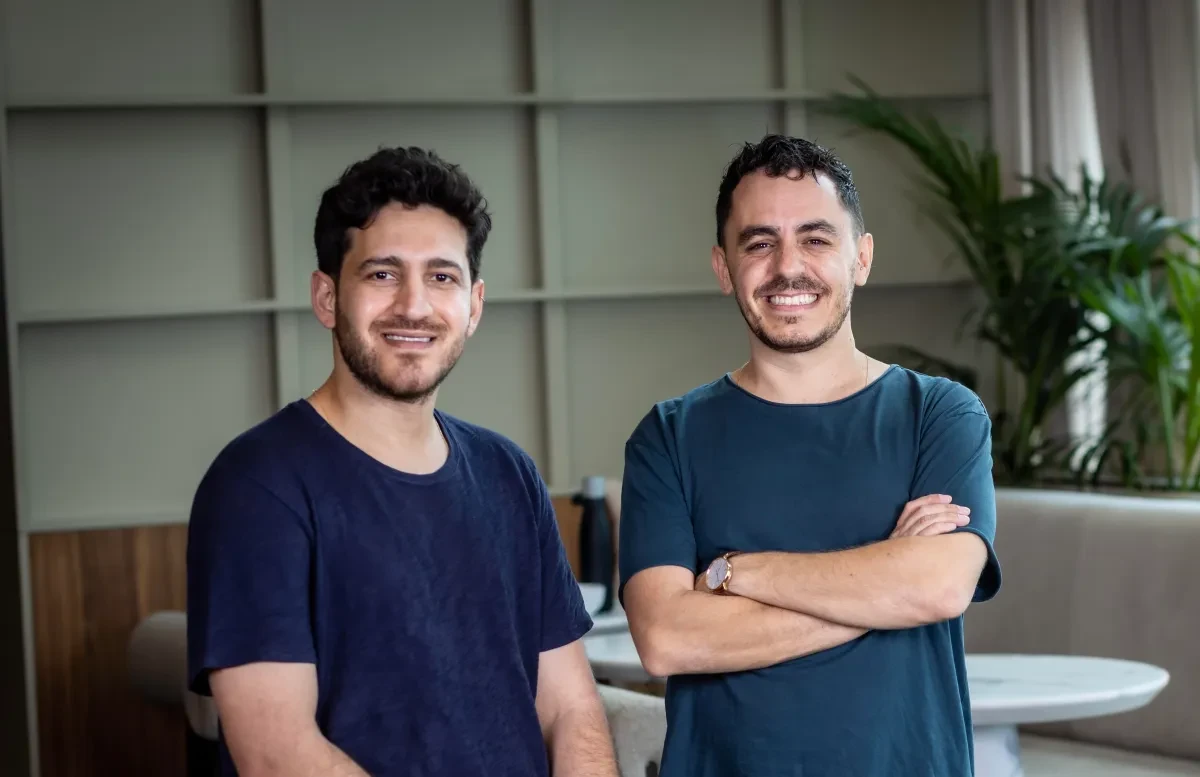New York
Seed Stage
Phase Raises $13M: Transforming UI/UX Design with No-Code, AI-Driven Prototyping
By : Syed Owais Date:February 19, 2025

When Nick Budden—a seasoned entrepreneur with a background in UI/UX design—saw the inefficiencies in the traditional design-to-code handoff process, he knew something had to change. In 2017, he founded Phase with a simple yet powerful mission: let designers focus on what they do best—designing—while automating the tedious handoffs and manual coding that slow down innovation.
A Problem Worth Solving
In the fast-paced world of product development, UX and UI designers work closely with engineers to build functional user interfaces. Yet, the process is riddled with inefficiencies. Designers spend valuable time in meetings and handoffs instead of refining their creative vision. Budden observed that even at companies like Segment, the task of getting data into systems was onerous and time-consuming.
“Implementing UI is an expensive, time-consuming manual process involving designers, product managers, and engineers,” he explained in an interview. “Comprehensive user testing is delayed until after that process is complete.”
The Phase Solution: Bridging Design and Functionality
Phase is a no-code platform designed to eliminate these friction points. It allows designers to create fully interactive prototypes—complete with UI animations that simulate real-world web or app functionality—without the need for manual coding or error-prone AI plugins. More than just an animation tool, Phase exports production-ready UI code, dramatically speeding up the design-to-development cycle.
By enabling designers to build prototypes that perform 100% of what a real website or app does, Phase helps reduce the need for extensive communication between design and engineering teams. The company’s vision is clear: empower creative professionals with the tools they need to iterate quickly and efficiently.
Strategies for Shared Growth and Market Expansion
Phase’s approach isn’t limited to solving technical challenges—it’s about creating shared opportunities across the startup ecosystem. The platform is part of a broader roadmap that includes launching three additional UI design and code tools over the next two years. These tools will cover advanced prototyping, comprehensive UI design, and seamless code export, making Phase’s WYSIWYG platform an all-in-one solution for modern design teams.
A strategic soft launch in South Korea demonstrated the power of community-driven adoption. With around 100,000 designers in the region, Phase quickly garnered over 10,000 users within weeks. Although larger markets with dispersed design communities initially posed a challenge, the team pivoted to a global beta strategy—and the results spoke for themselves: rapid, sustained growth fueled by community feedback and product stabilization.
Fueling the Future: Funding and Expansion
The momentum behind Phase is reflected in its strong financial backing. Recently, Phase raised $13 million from a diverse group of investors—including Gobi Partners, Hive Ventures, New Economy Ventures, Palm Drive Capital, Shilling VC, SquareOne, WI Harper, 42CAP, and 500 Global. This fresh capital will accelerate product development, drive business development, and support strategic hiring as the startup gears up to expand into the U.S. and European markets.
A Vision of Collaboration and Efficiency
For Nick Budden and his team, the ultimate goal is to create a harmonious ecosystem where designers and engineers work in sync. By removing the traditional barriers between design and development, Phase paves the way for faster product iterations, improved collaboration, and a more dynamic user experience—all while creating shared value across teams and industries.
Phase isn’t just a tool; it’s a movement toward reimagining how creative work is done in a digital age—where stories, strategies, and shared opportunities drive innovation and growth.

Syed Owais
Founder & Fractional CBO - Who loves to deliver value over hype. Aiming to build a no-BS community for founders (by founder), investors, venture capitalists, accelerators and journalists.
Subscribe
- Gain full access to our premium content
- Never miss a story with active notifications
- Browse free from up to 5 devices at once
Celebrities












